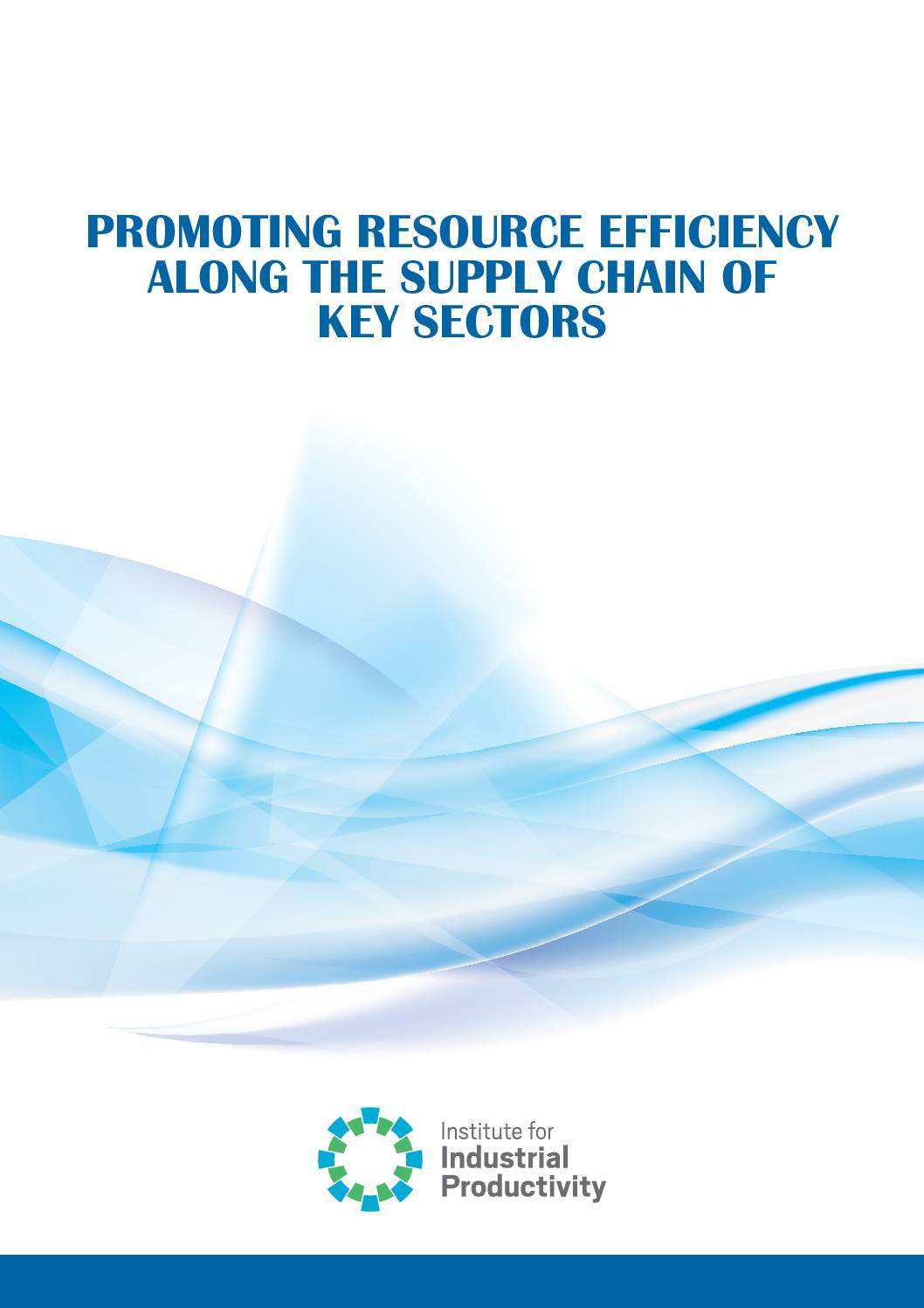Over exploitation of natural resources for various manufacturing processes can impact its availability in the long run along with severe negative social and environmental externalities. To deal with this critical issue, there is a need to better understand the nexus between poverty, environment degradation and resource intensive growth and optimise conservation where possible. This needs to be complimented with effective policies to incentivize greening of production processes along the supply chain of important sectors. The primary producers and Small & Medium Enterprises (SMEs) have a crucial role in this, as they provide substantial proportion of raw materials, subassemblies and finished products for larger industries and are acknowledged as being vehicles of economic growth, while providing livelihood to a large population in many South Asian countries. However their energy and environment performance is extremely poor and offers substantial scope for resource conservation along the supply chain of industries. To tap in to this potential, Institute for Industrial Productivity (IIP) has initiated a Greening Supply Chain project in India, which has resulted in positive impacts with high replication potential. As a first step in the direction of scaling up the learning’s drawn from IIP’s pilot initiative and realising the potential for resource efficiency in South Asia, an analysis of three case studies from India is presented in this document. Each of these case studies have been carefully chosen to demonstrate the value of resource efficiency in different stages of supply chain in the key sectors that are relevant from the point of view of; (i) high resource consumption and environmental impacts (ii) relevance to local economy (iii) willingness of local government, industry associations, and corporate houses, and (iv) replication potential. By presenting these case study analysis, the report offers industry, policy makers and analysts a guide to anticipating and shaping the future of economic growth and poverty reduction in the region, specifically by, (i) helping better understand the extent to which these key sectors are vulnerable to unsustainable resource use (ii) understand how resource constraint will impact the supply chains of large Corporates; (iii) what investments and policies are needed to make these supply chains more resilient, and (iv) assist primary producers and SMEs to sustain their operations and grow by managing the environmental impact of their operations, improving their bottom line and by developing products that meet the needs of a greening market.
Link to resource Download sourceShare this

Sectors: Cross cutting, Renewables
Country / Region: Asia, India
Tags: economic growth, energy, energy efficiency, environmental impacts, externality, impacts on systems and sectors, industry, manufacturing, projects, resource efficiency, supply chains, sustainable livelihoods, water-energy-food nexusKnowledge Object: Publication / Report
Published by: IIP
Publishing year: 2014
Author: Ritu Bharadwaj, Somnath Bhattacharjee
